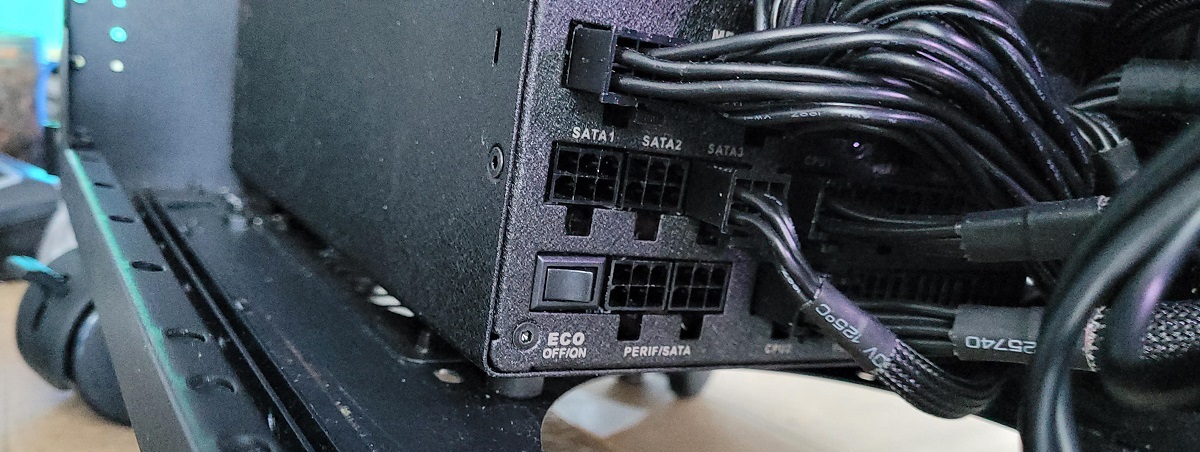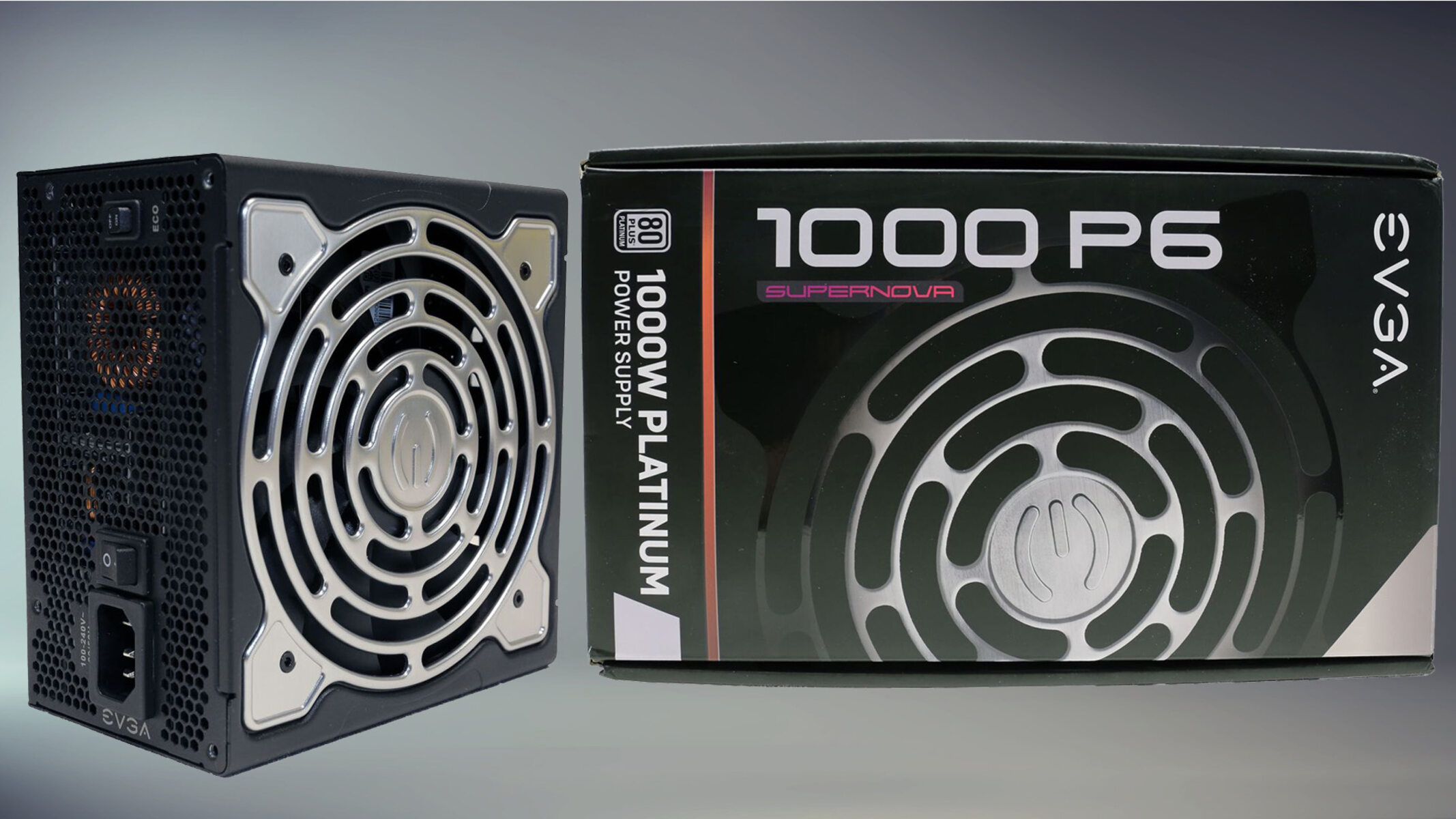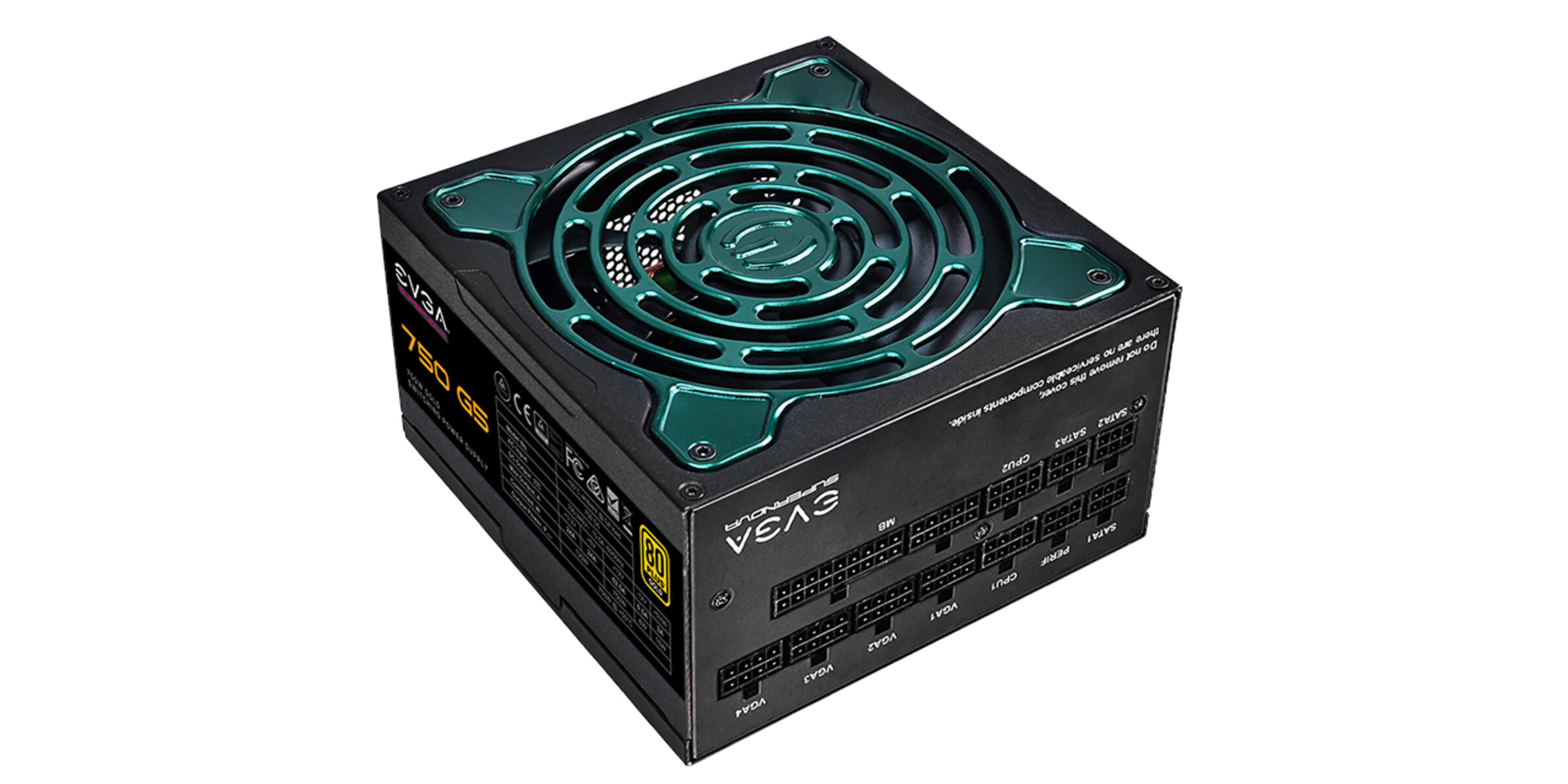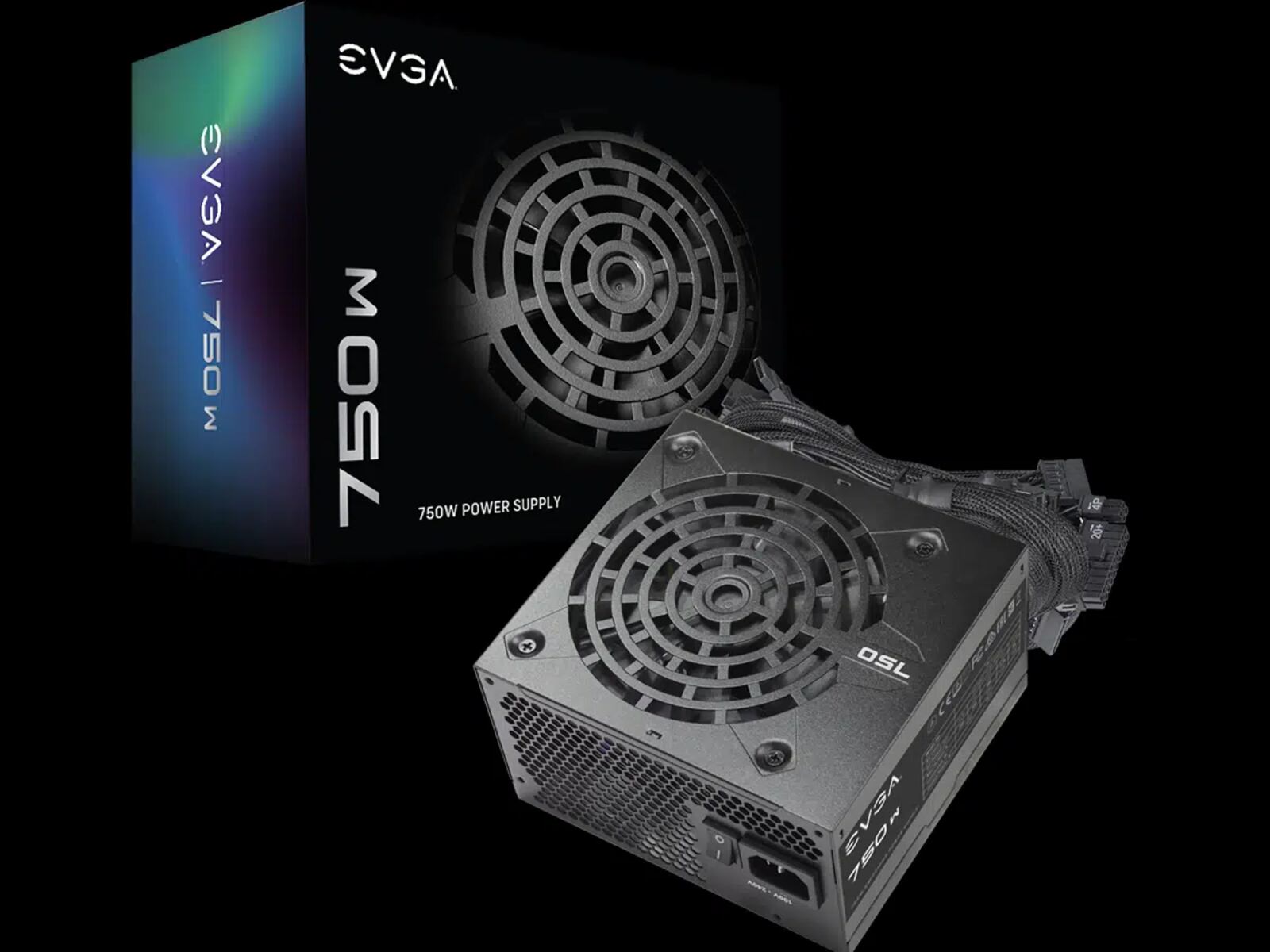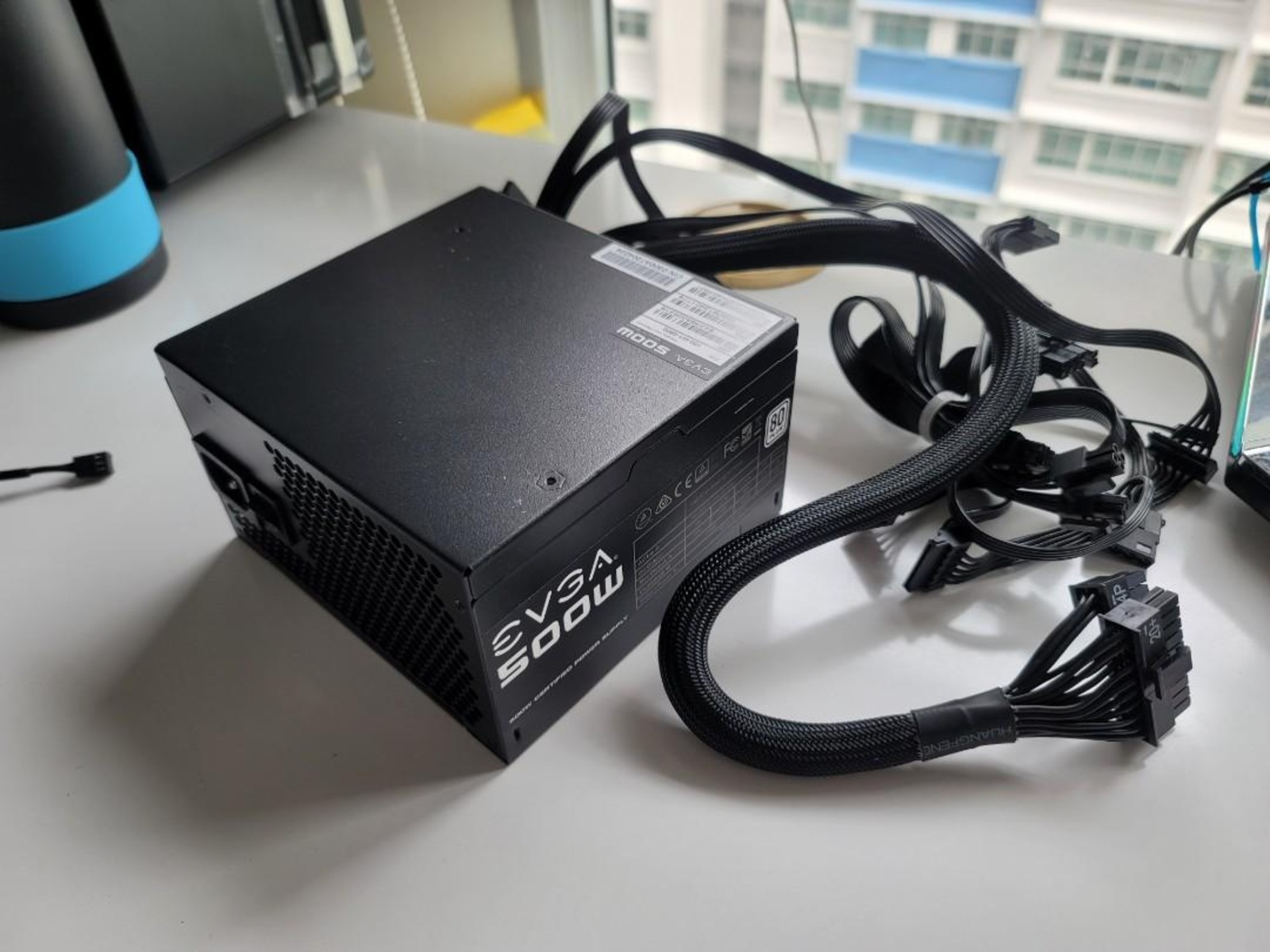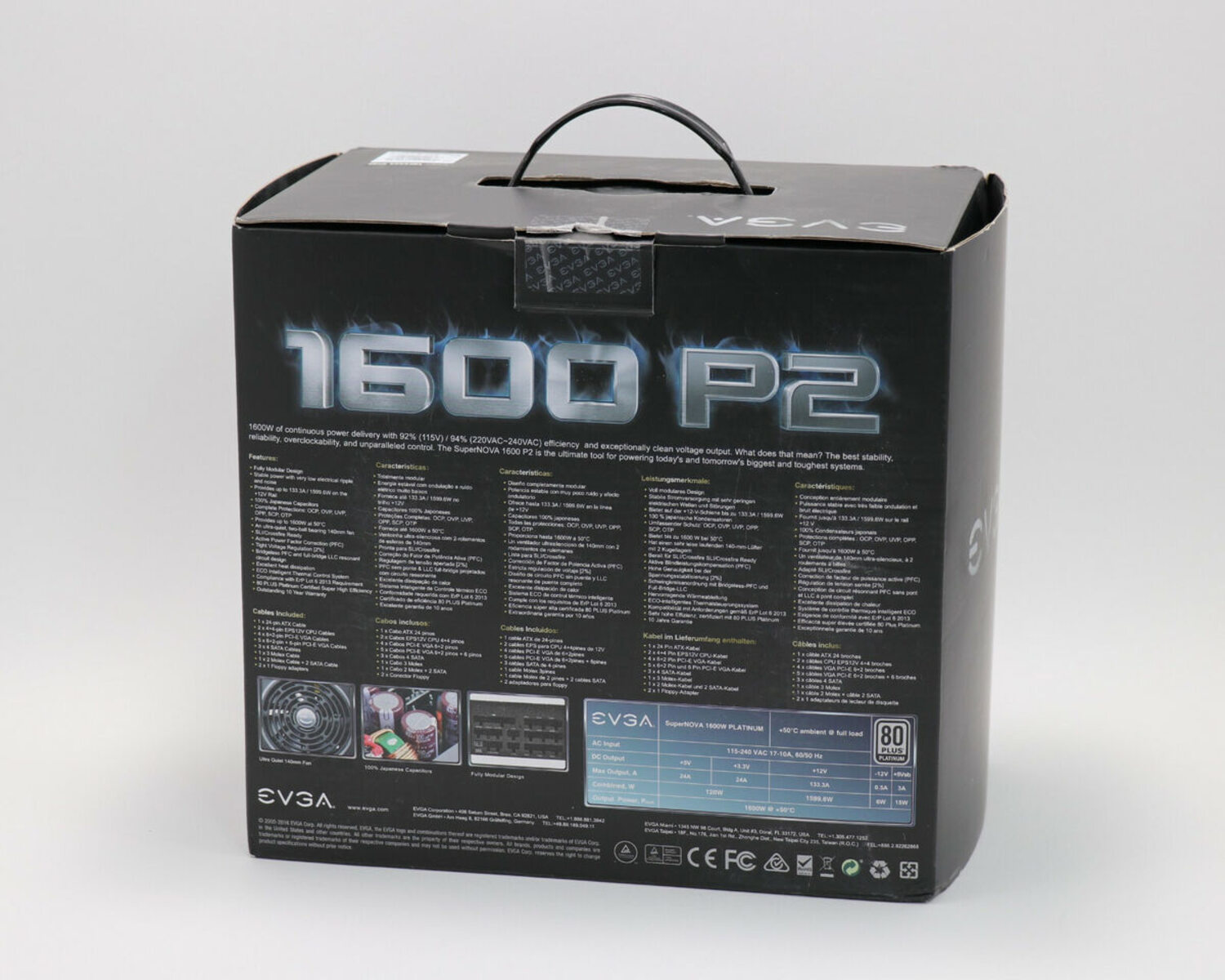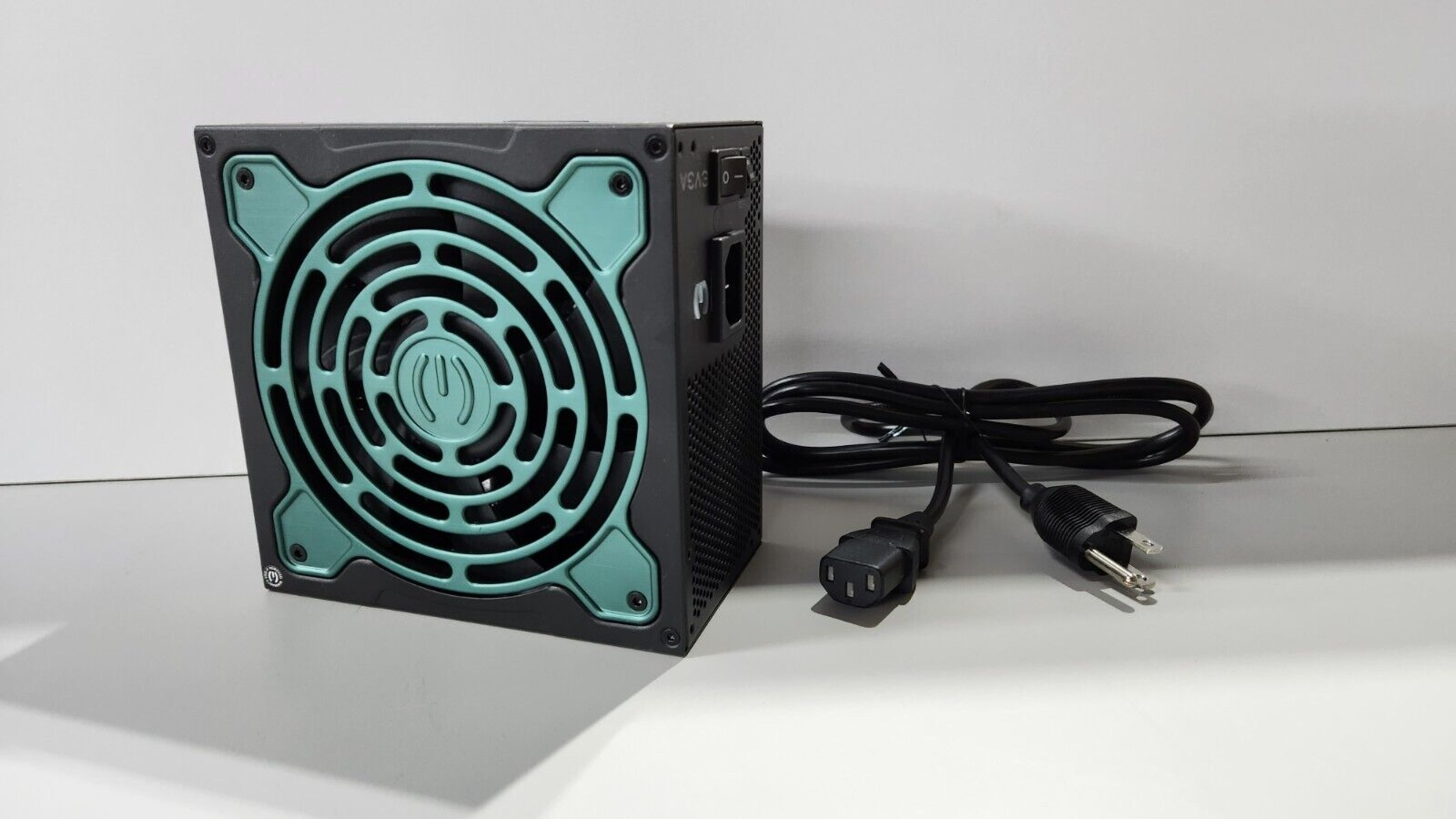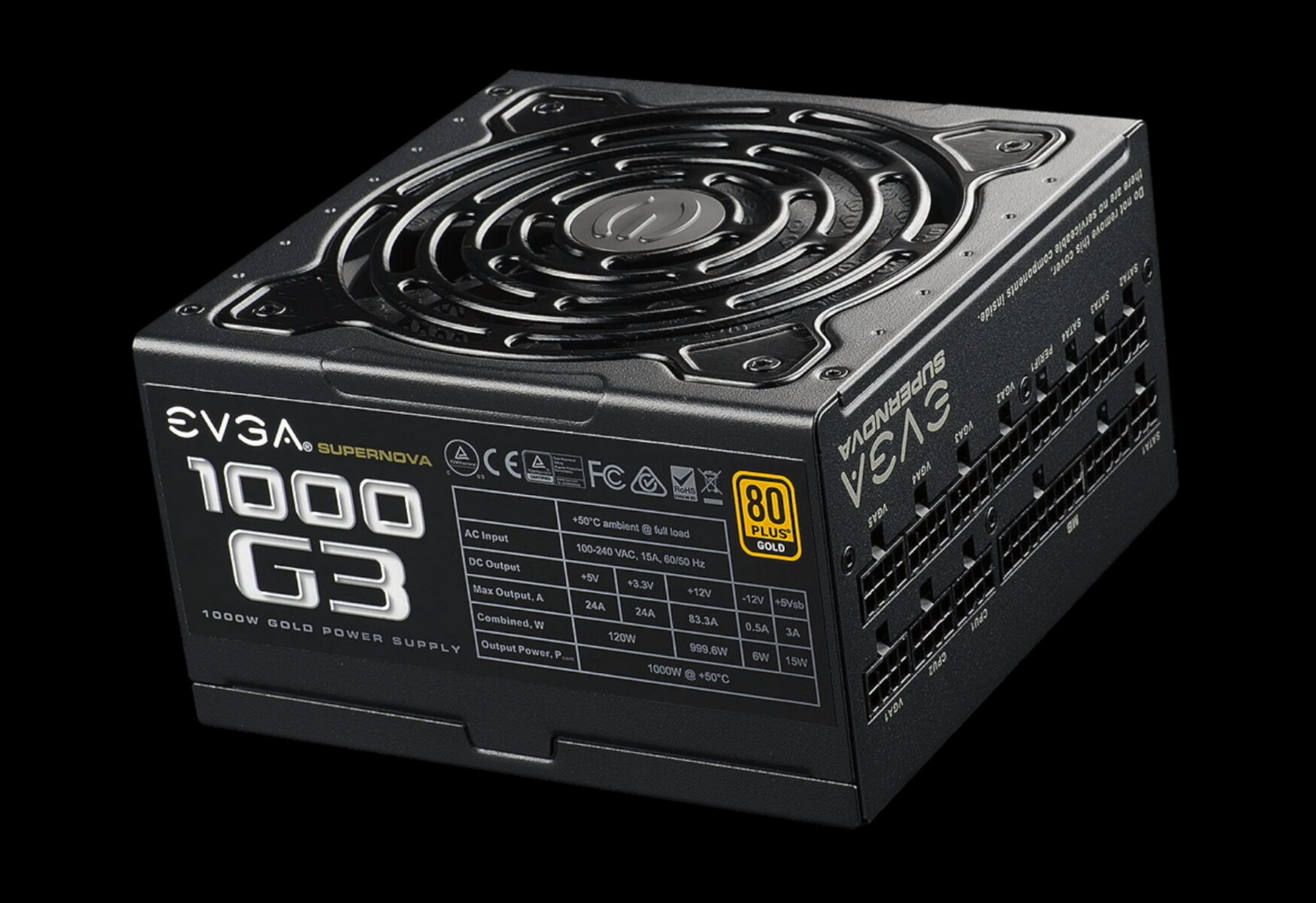Introduction
In today’s world, where environmental concerns are at the forefront of our minds, finding ways to reduce energy consumption is becoming increasingly important. This is especially true when it comes to our electronic devices, such as computers and other high-powered equipment. One way to minimize energy usage is by utilizing an Eco Mode Power Supply Unit (PSU).
An Eco Mode PSU is a power supply unit specifically designed to optimize energy efficiency while still providing the necessary power for your devices. By using advanced technology and intelligent features, an Eco Mode PSU can help reduce energy consumption, lower electricity bills, and contribute to a more sustainable environment.
In this article, we will delve deeper into the concept of an Eco Mode PSU, exploring how it works, the benefits it offers, and whether it is the right choice for you.
What is an Eco Mode PSU?
An Eco Mode PSU is a power supply unit that employs intelligent power management techniques to regulate power output based on the actual workload of your system. Unlike a traditional PSU that operates at a fixed power output, an Eco Mode PSU adjusts its power delivery based on the demand of the connected devices. This means that when your system is running at low or idle loads, the PSU will automatically lower the power output, thus reducing energy consumption.
How Does an Eco Mode PSU Work?
An Eco Mode PSU uses advanced circuitry and sensors to monitor the power requirements of your connected devices. It constantly analyzes the workload and power demands, adjusting the power delivery accordingly. When your system is idle or running at low loads, the Eco Mode PSU switches to a power-saving mode, reducing the power output to the minimum necessary level. This intelligent power management ensures that energy is not wasted and only the required power is supplied.
Benefits of Using an Eco Mode PSU
What is an Eco Mode PSU?
An Eco Mode PSU, also known as an energy-efficient power supply unit, is a specialized device designed to optimize power usage and reduce energy consumption while still providing the necessary power for your electronic devices. Unlike a traditional PSU, which operates at a fixed power output, an Eco Mode PSU adjusts its power delivery based on the actual workload of your system.
Traditional power supply units operate at a constant power output, supplying the maximum power even during times when your system is running at low or idle loads. This can result in unnecessary energy consumption and higher electricity bills. In contrast, an Eco Mode PSU utilizes intelligent power management techniques to modulate power delivery based on the demand of your connected devices.
The key feature of an Eco Mode PSU is its ability to switch to a power-saving mode when your system is not under heavy load. This mode allows the PSU to reduce its power output to the minimum necessary level, significantly saving energy compared to traditional PSUs.
One of the primary benefits of using an Eco Mode PSU is the reduction in energy consumption and the associated cost savings. By dynamically adjusting the power output based on the workload, an Eco Mode PSU can help minimize unnecessary power usage, leading to lower electricity bills over time.
Moreover, an Eco Mode PSU is environmentally friendly. By reducing energy consumption, it contributes to the overall goal of sustainability and helps in reducing carbon footprint. As the world becomes more conscious of the environmental impact of our actions, using energy-efficient devices like an Eco Mode PSU is a step towards a greener future.
In addition to energy savings and environmental benefits, an Eco Mode PSU also offers better heat management. When the power supply unit operates at a lower power output, it generates less heat, resulting in a cooler and more efficient system. This can help prolong the lifespan of your components and improve overall system performance.
Furthermore, some Eco Mode PSUs come with additional features to enhance power efficiency. These include power factor correction (PFC) and active power factor correction (APFC), which help ensure efficient power usage and minimize the loss of energy during conversion.
In summary, an Eco Mode PSU is a power supply unit that intelligently adjusts power delivery based on the workload of your system, resulting in energy savings, lower electricity bills, improved heat management, and a greener environment. By investing in an Eco Mode PSU, you can contribute to a more sustainable future while enjoying the benefits of reduced energy consumption and cost savings.
How Does an Eco Mode PSU Work?
An Eco Mode PSU operates through advanced circuitry and intelligent power management techniques to optimize energy efficiency while providing the required power for your electronic devices. It constantly monitors the power requirements of your connected devices and adjusts the power delivery accordingly.
The primary mechanism that enables an Eco Mode PSU to work efficiently is load sensing. It utilizes sensors to measure the power consumption of your system in real-time. Based on the workload, the PSU determines whether the system is running at a high load, low load, or idle state.
When your system is under heavy load, such as during gaming or video editing, an Eco Mode PSU delivers the necessary power to support the demanding tasks. It operates similarly to a traditional PSU by providing the maximum power output required by the system and its components to perform optimally.
However, when your system is running at low load or idle, the Eco Mode PSU recognizes this and switches to a power-saving mode. In this mode, the PSU adjusts the power output to the minimum level necessary to support the connected devices. This intelligent power management significantly reduces energy consumption during periods of low demand.
Another feature that contributes to the efficiency of an Eco Mode PSU is the use of high-quality components and efficient power conversion. These PSUs often incorporate high-efficiency designs and components, such as advanced MOSFETs (Metal-Oxide-Semiconductor Field-Effect Transistors) and capacitors, to minimize energy loss during power conversion.
Furthermore, some Eco Mode PSUs come equipped with additional energy-saving features, such as fan control. These PSUs dynamically adjust the speed of the cooling fan based on the system’s temperature and power load. By running the fan at lower speeds when the system is not under heavy load, the PSU further reduces energy consumption and noise levels.
It’s important to note that while an Eco Mode PSU is designed to be energy-efficient, it still provides the necessary power to support your devices. The power management techniques employed ensure that your system receives sufficient power without compromising performance or stability.
In summary, an Eco Mode PSU works by continuously monitoring the power requirements of your connected devices and adjusting the power delivery accordingly. It switches to a power-saving mode during low load or idle periods, minimizing energy consumption without compromising performance. By incorporating high-quality components and efficient power conversion, an Eco Mode PSU achieves optimal energy efficiency and contributes to a greener computing environment.
Benefits of Using an Eco Mode PSU
Using an Eco Mode PSU offers a range of benefits, including energy savings, cost reduction, environmental preservation, and improved system performance. Let’s explore these advantages in more detail:
1. Energy Savings: One of the primary benefits of an Eco Mode PSU is its ability to save energy. By adjusting the power output based on the workload, these PSUs minimize unnecessary power consumption during periods of low demand. This reduction in energy usage translates into lower electricity bills and contributes to a more sustainable environment.
2. Cost Reduction: With an Eco Mode PSU, you can experience noticeable cost savings in the long run. By consuming less energy, your monthly electricity bills will be lower compared to traditional PSUs. These savings can accumulate over time, making an Eco Mode PSU a cost-effective investment.
3. Environmental Preservation: As our society becomes increasingly aware of the environmental impact of our actions, using energy-efficient devices like an Eco Mode PSU is an important step towards preserving the environment. By reducing energy consumption and carbon emissions, you contribute to the overall goal of sustainability and help mitigate climate change.
4. Improved System Performance: An Eco Mode PSU not only saves energy but also offers improved system performance. Since these PSUs operate at a lower power output during low load or idle periods, they generate less heat. A cooler system results in lower fan speeds and noise levels, prolongs the lifespan of your components, and enhances overall system stability.
5. Better Heat Management: Traditional PSUs may generate excess heat even when your system is not under heavy load. In contrast, an Eco Mode PSU’s power-saving mode reduces heat generation, resulting in a cooler system. This efficient heat management can prevent overheating issues and protect your components from potential damage.
6. Power Factor Correction: Many Eco Mode PSUs come equipped with power factor correction (PFC) and active power factor correction (APFC) features. These technologies ensure efficient power usage and minimize energy loss during the conversion process. With improved power factor correction, an Eco Mode PSU can further enhance energy efficiency and reduce power wastage.
7. Flexibility and Compatibility: Eco Mode PSUs are compatible with a wide range of electronic devices, making them suitable for various applications. Whether you use your computer primarily for gaming, graphic design, or office work, an Eco Mode PSU can efficiently adapt to the power requirements of your specific setup.
Overall, an Eco Mode PSU offers numerous benefits, including energy savings, cost reduction, environmental preservation, improved system performance, better heat management, power factor correction, and compatibility. By choosing an Eco Mode PSU, you can enjoy these advantages while contributing to a more sustainable and efficient computing environment.
Potential Drawbacks of Using an Eco Mode PSU
While an Eco Mode PSU offers several benefits, it is important to consider the potential drawbacks before making a decision. Here are some factors to keep in mind:
1. Compatibility: Not all electronic devices are compatible with an Eco Mode PSU. Certain devices with specific power requirements, such as high-performance gaming PCs or servers, may need a constant and stable power supply. It is essential to ensure that your device is compatible with an Eco Mode PSU before making a purchase.
2. Compatibility Mode Limitations: Some Eco Mode PSUs have a compatibility mode option for devices that may be affected by the power-saving features. However, this mode may limit or disable some of the energy-saving functionalities, reducing the efficiency benefits of using an Eco Mode PSU. It is important to understand the limitations and trade-offs associated with compatibility mode.
3. Power Quality: In certain cases, an Eco Mode PSU may affect power quality due to its power-saving features. While efforts are made to maintain stable power delivery, there may be slight fluctuations or variations in voltage or current. These variations could potentially impact sensitive electronics or devices that require a consistent power supply.
4. Energy Efficiency Trade-Offs: Depending on the workload and power demands of your system, an Eco Mode PSU can efficiently reduce energy consumption. However, during periods of high load, the PSU may operate similarly to a traditional PSU, consuming more energy. It is important to consider the trade-offs between energy efficiency and power delivery based on your specific usage requirements.
5. Initial Cost: Eco Mode PSUs may have a higher initial cost compared to traditional PSUs. The advanced technologies and components used to achieve energy efficiency can contribute to a higher price point. However, it is important to consider the long-term cost savings in terms of reduced energy bills and environmental benefits.
6. Limited Power Management Features: While an Eco Mode PSU focuses on energy efficiency, it may have limited power management features compared to more advanced PSU models. Features such as voltage regulation, overclocking support, or modular cable management options could be more limited or absent in certain Eco Mode PSUs.
7. Noise Levels: In some cases, an Eco Mode PSU may prioritize energy efficiency over quiet operation. The power-saving mode could result in slower fan speeds or variable fan speeds, leading to increased noise levels. It is crucial to consider the noise factor when choosing an Eco Mode PSU for noise-sensitive environments.
Overall, while the drawbacks of using an Eco Mode PSU should be taken into account, they are typically outweighed by the benefits in terms of energy savings and environmental impact. Understanding your specific requirements and compatibility needs will help you make an informed decision regarding the suitability of an Eco Mode PSU for your electronic devices.
Is an Eco Mode PSU Right for You?
Deciding whether an Eco Mode PSU is the right choice for you depends on various factors, including your energy-saving goals, device compatibility, and specific usage requirements. Here are some considerations to help you determine if an Eco Mode PSU is suitable for your needs:
1. Energy Efficiency Priorities: If reducing energy consumption and saving on electricity bills is a priority for you, an Eco Mode PSU can be an excellent choice. It optimizes power delivery based on the workload, ensuring energy efficiency during periods of low load or idle states.
2. Environmental Consciousness: If you are environmentally conscious and actively seek ways to reduce your carbon footprint, an Eco Mode PSU aligns with your goals. By using energy-saving features, it contributes to a more sustainable computing environment and helps mitigate climate change.
3. Compatibility Requirements: It is important to consider the compatibility of an Eco Mode PSU with your electronic devices. While most modern systems are compatible, certain high-performance or specialized devices may require a constant and stable power supply. Ensure that your devices can operate effectively with the power-saving features an Eco Mode PSU provides.
4. Priority on System Performance: If you require consistent, maximum performance from your electronic devices at all times, an Eco Mode PSU may not be the ideal choice. While these PSUs can provide sufficient power for most tasks, they prioritize energy efficiency over constant peak performance. Gaming PCs, workstations, or servers that require uninterrupted power delivery may benefit more from a traditional PSU.
5. Consideration for Noise Levels: Depending on the specific Eco Mode PSU model, the power-saving features may affect fan speeds, resulting in increased noise levels. If noise is a concern, particularly in quiet environments, it is crucial to research and choose a PSU that strikes a balance between energy efficiency and noise reduction.
6. Long-Term Cost Savings: While Eco Mode PSUs may have a higher initial cost compared to traditional PSUs, they can lead to long-term cost savings through reduced energy consumption. Evaluate your budget, electricity rates, and anticipated usage to determine if the potential energy savings justify the higher upfront investment.
7. Power Management Requirements: If you require advanced power management features such as voltage regulation, overclocking support, or modular cable management, an Eco Mode PSU may have limited options compared to more specialized PSU models. Consider your power management needs and ensure that an Eco Mode PSU can meet your requirements.
Considering the factors mentioned above will help you make an informed decision on whether an Eco Mode PSU is the right choice for you. It offers significant benefits in terms of energy savings, cost reduction, and environmental impact, but it’s essential to assess compatibility, performance requirements, and noise considerations to ensure it aligns with your specific needs and preferences.
Conclusion
Choosing the right power supply unit is crucial for optimizing energy efficiency and achieving cost savings. An Eco Mode PSU offers a range of benefits, from reducing energy consumption to environmental preservation. By intelligently adjusting power delivery based on workload, an Eco Mode PSU ensures that energy is not wasted during periods of low load or idle states.
The advantages of using an Eco Mode PSU include significant energy savings, lower electricity bills, improved system performance, better heat management, and reduced environmental impact. These PSUs contribute to a more sustainable computing environment by reducing carbon emissions and promoting energy efficiency.
However, it’s important to consider potential drawbacks, such as compatibility limitations, potential impact on power quality, and the need to balance energy efficiency with performance requirements. Assessing your specific needs, usage patterns, and device compatibility will help determine if an Eco Mode PSU is the right choice for you.
If energy savings and environmental consciousness are priorities for you, and if your devices are compatible with the power-saving features of an Eco Mode PSU, it can be a highly beneficial investment. The initial cost may be higher compared to traditional PSUs, but over time, the reduced energy bills can result in considerable cost savings.
Ultimately, whether an Eco Mode PSU is right for you depends on your individual needs and goals. Consider factors such as energy efficiency priorities, compatibility requirements, system performance expectations, and long-term cost savings. By carefully evaluating these considerations, you can make an informed decision and choose the power supply unit that best aligns with your needs and values.







